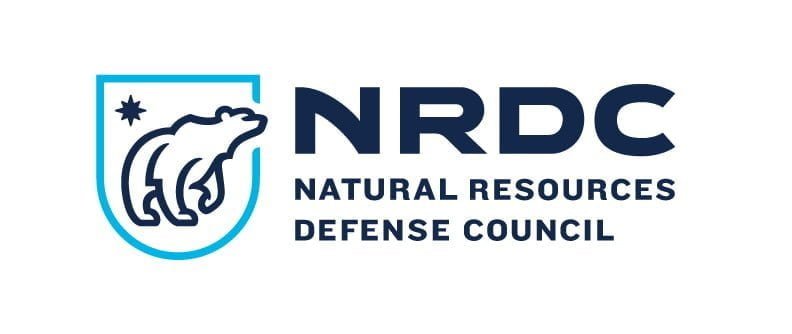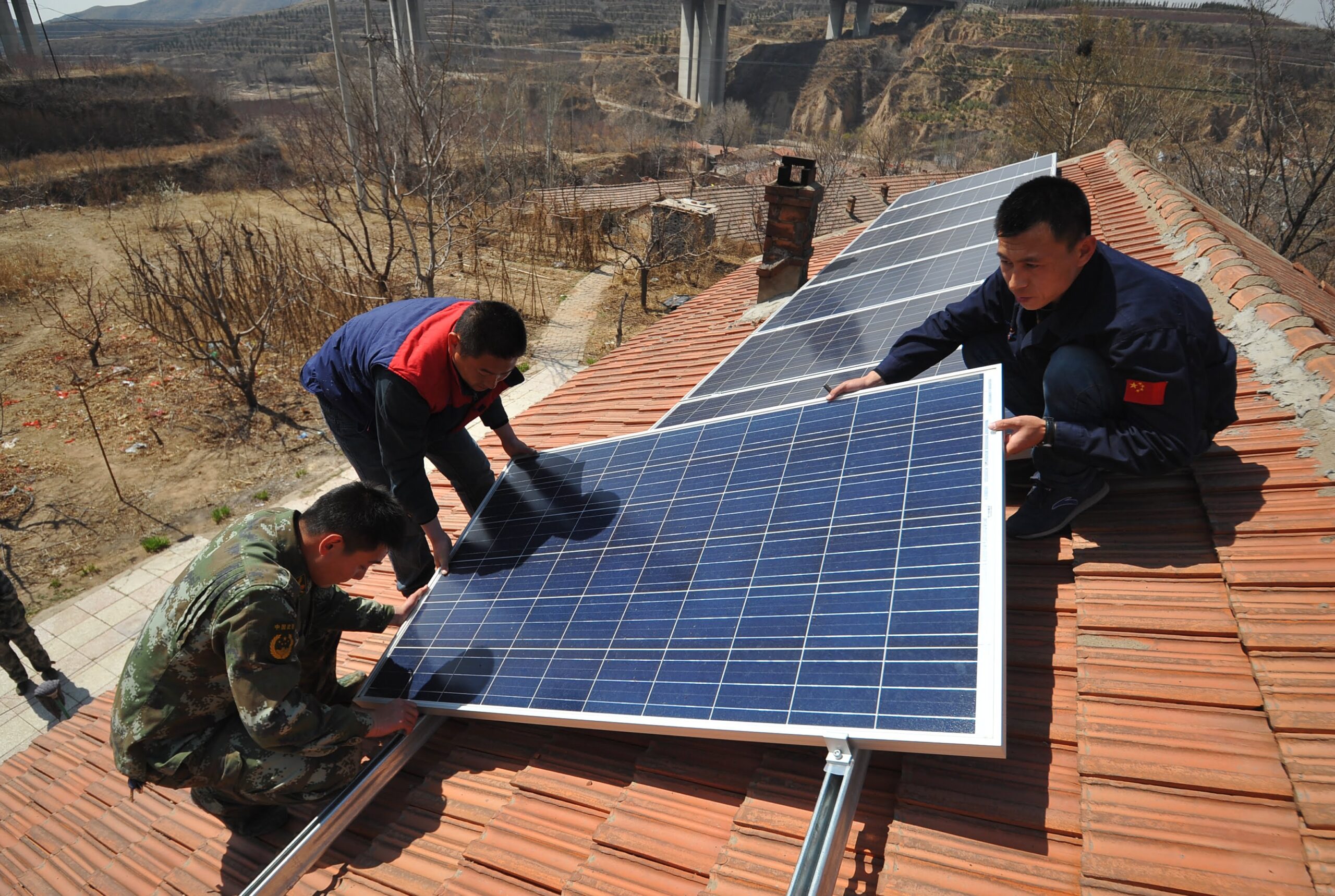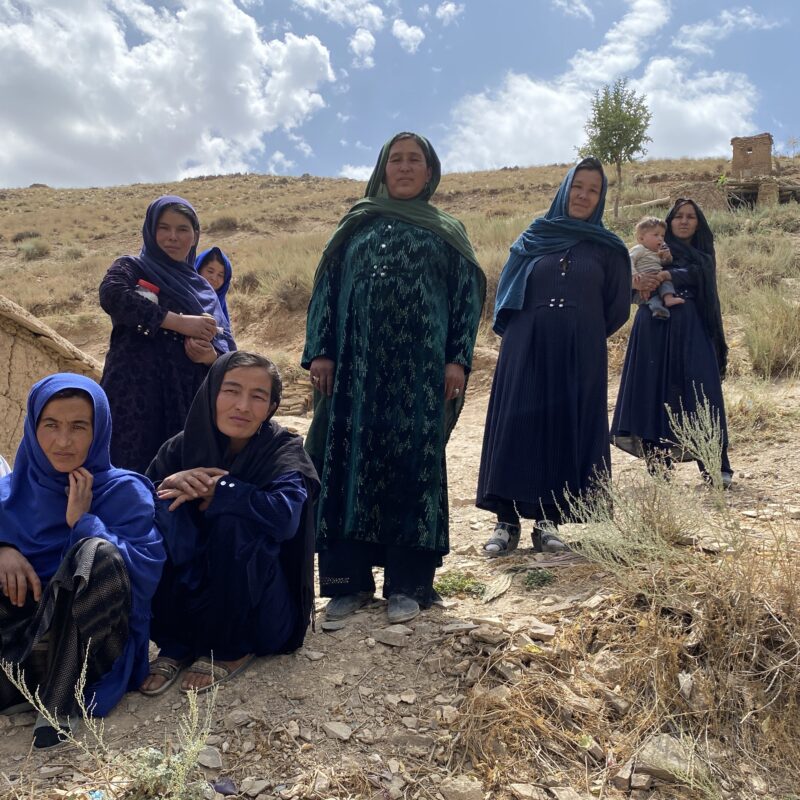Natural Resources Defense Council
Supporting Clean Energy Transition in Rural China

Project information
 Duration of the project
Duration of the project
 Time status
Time status
 Focus area
Focus area
Rural households in China rely on coal as energy for cooking, heating, and small-scale industry. Such small-scale, “dispersed coal” use amounts to 750 million tons annually, around 20% of China’s total coal consumption. Emissions from such coal use are uncontrolled, contributing heavily to both climate change and harmful air pollution, and making the replacement of dispersed coal with gas and electric heating a priority for the government. In this project, the Natural Resources Defense Council will partner with local governments, research institutes, and communities to develop a socially inclusive regulatory scheme for tackling dispersed coal. This case study of Shijiazhuang, the capital of Hebei Province, aims to produce a scalable model for the rural clean energy transition throughout northern China.
What the project delivers
Developing socially inclusive regulatory scheme for the reduction of coal use, as well as strengthening the capacity of and engaging local governments, research institutes and communities.
Why we support this project
It is crucial on a global level to ensure that China reduces its coal use.





